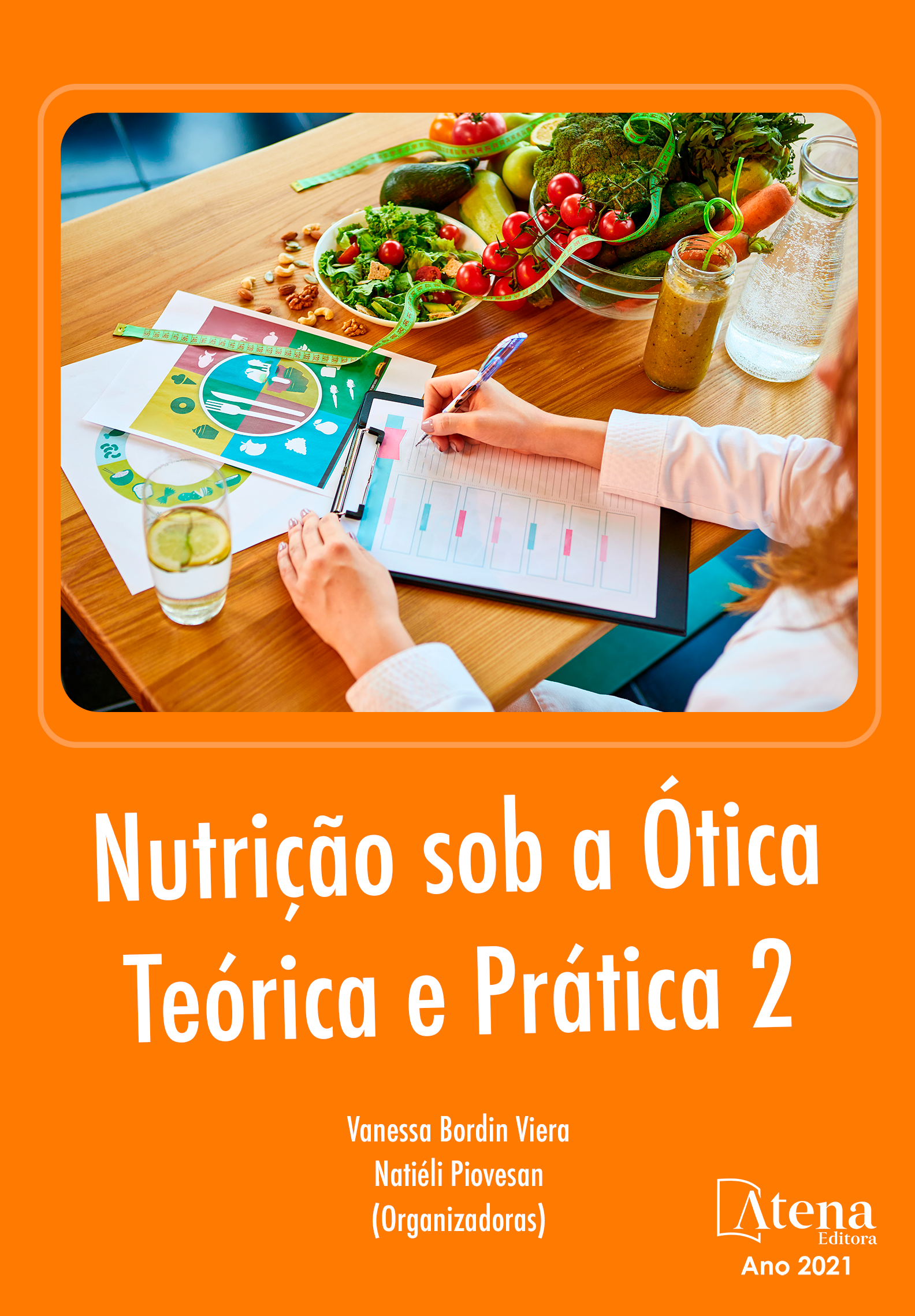
FATOR DE CORREÇÃO DE HORTALIÇAS EM SERVIÇOS DE ALIMENTAÇÃO: INDICADOR DE BOAS PRÁTICAS E SUSTENTABILIDADE.
O desperdício de alimentos no mundo tem ganhado grande destaque nos últimos anos, aumentando a preocupação com o meio ambiente e principalmente com o estado da fome no mundo. As Unidades de Serviços de Alimentação produzem refeições diariamente e, portanto, são responsáveis por uma parcela do descarte de alimentos não consumidos, bem como de resíduos de frutas e hortaliças gerados no pré-preparo das refeições. O objetivo deste estudo foi avaliar o Fator de Correção (FC) de hortaliças utilizadas em restaurantes institucionais e utilizar essa ferramenta para analisar a quantidade de resíduos de hortaliças gerados. A coleta dos dados foi realizada em um restaurante com serviço tipo self-service parcial localizado em um hospital (RH) e uma fábrica de pães (RF), durante cinco dias consecutivos no Rio de Janeiro, RJ. Os dados foram utilizados para o cálculo do FC e comparados com a literatura. Foi realizada uma avaliação dos resíduos produzidos e discutido formas de aproveitamento dentro e fora das Unidades de Serviço de Alimentação. O FC pôde ser usado de forma mais ampla e assim, auxiliar no controle do desperdício em restaurantes e ainda, com base nos dados obtidos, prever o quanto cada hortaliça pode gerar de resíduos. A criação de um banco de dados contendo valores atualizados de FC de diferentes frutas e hortaliças pode auxiliar no controle do desperdício em unidades de alimentação diagnosticando, avaliando e definindo as perdas diretas e indiretas que ocorrem nas unidades. Muitos estudos têm sido publicados buscando reaproveitar resíduos de frutas e hortaliças processadas como matéria prima para fins culinários, tecnológicos e biotecnológicos. Estas e outras estratégias podem auxiliar na separação e recolhimento dos resíduos de interesse para a produção de novos produtos de valor agregado. Além disso, pode ajudar na redução do desperdício de alimentos e do impacto ambiental, promovendo a sustentabilidade.
FATOR DE CORREÇÃO DE HORTALIÇAS EM SERVIÇOS DE ALIMENTAÇÃO: INDICADOR DE BOAS PRÁTICAS E SUSTENTABILIDADE.
-
DOI: 10.22533/at.ed.5162101048
-
Palavras-chave: Serviços de alimentação; desperdício de alimentos; resíduos de vegetais; aproveitamento; resíduos sólidos.
-
Keywords: Food services; food waste; vegetable waste; utilization; solid waste.
-
Abstract:
The waste of food in the world has gained great prominence in recent years, increasing the concern with the environment and mainly with the state of hunger in the world. The Food Service Units produce meals daily and, therefore, are responsible for a portion of the disposal of uneaten food, as well as fruit and vegetable waste generated in the pre-preparation of meals. The aim of this study was to evaluate the Correction Factor (CF) of vegetables used in institutional restaurants and use this tool to analyze the amount of vegetable waste generated. Data collection was performed in a restaurant with partial self-service type located in a hospital (HR) and a bread factory (BF), for five consecutive days in Rio de Janeiro, RJ. The data were used to calculate the HR and compared with the literature. An evaluation of the waste produced was carried out and ways of using it were discussed inside and outside the Food Service Units. The CF could be used more widely and thus assist in the control of waste in restaurants and also based on the data obtained to predict how much each vegetable can generate waste. The creation of a database containing updated HR values for different fruits and vegetables can assist in the control of waste in food units by diagnosing, evaluating and defining the direct and indirect losses that occur in the units. Many studies have been published seeking to reuse waste from processed fruits and vegetables as raw material for culinary, technological and biotechnological purposes. These and other strategies can assist in the separation and collection of waste of interest for the production of new value-added products. In addition, it can help to reduce food waste and environmental impact by promoting sustainability.
-
Número de páginas: 19
- Suzana Felix dos Santos
- Priscila Guadagno de Souza
- Ana Elizabeth Cavalcante Fai
- Talita Braga de Brito Nogueira


